Dental Decay
Dental decay occurs when a triad of factors are present which overwhelm the body’s defence mechanisms. Like many other diseases, decay occurs when viable bacteria find a suitable niche and form plaque, into which dietary sugars diffuse. The bacteria in turn, with time, break down the sugar into an acid, which wears away at tooth enamel just like a normal acid would eat away at a block of marble. The process of decay is reversible, and if suitable conditions are present, the balance is tipped in favour of the tooth remineralising (regaining sufficient mineral content and getting surface hardness again).
What can you do to prevent your teeth decaying? If any of the three requirements for tooth decay are not met (bacteria in plaque, dietary sugar and a susceptible tooth surface) over a period of time, teeth will not decay. Contrary to popular belief, we do not inherit “weak teeth” except in a very tiny minority of very obvious genetic cases, and most likely, tooth decay is due to a combination of poor brushing and a high intake of dietary sugar.
Tips To Help Prevent Dental Decay
-
Removing the bacteria
If you brush your teeth well on a daily basis, to brush away the plaque that harbours bacteria, there will not be any organisms that convert dietary surags into acid. A systematic approach to brushing to make sure all surfaces of the tooth are scrubbed is recommended. However well one might brush, most probably one will not always manage to brush all of the tooth surfaces everytime, and so, the more often one brushes, the better the chance of taking off all of the plaque. Brushing is recommended twice daily; morning and evening, just before bedtime. Brushes however, do not manage to clean in between teeth well enough, and floss is therefore recommended to prevent tooth decay that might start between the teeth.
-
Cutting down on dietary sugar
This will serve to cut down on the possibility of bacteria converting the sugar into acid that eats away at the tooth surfaces. "Sugar" does not only include sweets and chocolate, but also encompasses all those edible items that contain "hidden" sugars like tomato ketchup, fruit squashes and some fruit juices, some milk flavouring products and snacks such as flans and biscuits. If in doubt, consult the manufacturer's contents label on food products; items like "glucose", glucose syrup" and "sucrose" are sugars that cause decay, as opposed to artificial sweeteners, which do not. Fizzy drinks of the "diet" variety do not contain sugars, but are best avoided in excesses because of their highly acidic nature. Not only is the quantity of sugar in the diet that makes a difference; the frequency of sugar intake is of utmost importace. Hence, frequent snacking on sugary foods is even more harmful than a one-off snack. Snacks in between mealtimes or for one hour before bedtime should be avoided, as should milk given to infants at night or at bedtime. Milk as such does not cause decay, but ferments overnight in the mouth to form sugar, which is then used by bacteria and causes tooth decay
-
Use of Fluoride
Normally present in toothpastes, fluoride helps the teeth regain any mineral content that is lost by the action of acid produced by bacteria. It gets incorporated into the teeth where any minerals have been lost, and thus strengthens the teeth again. Fluoride supplements like mouthwashes or tabs might be recommended by a dentist if required.
-
Protecting the tooth surface
It might be beneficial in certain cases to cover over the newly-erupted permanent molars with a special resin that fills up the deep fissures in molars (the area where decay usually starts first). Such fissure sealants that may be recommended by your dentist are very easy to place, in a non-invasive procedure where no drilling is required.
Fillings
-
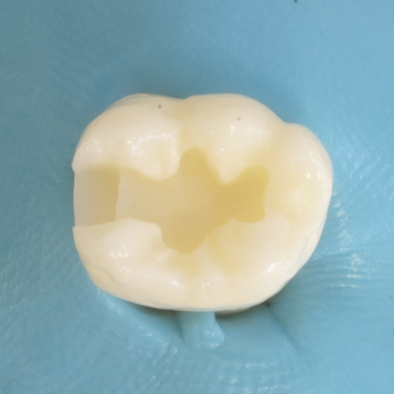
Step 1
The cavity is prepared and cleaned
-

Step 2
The cavity is painted with an acid etchant gel
-
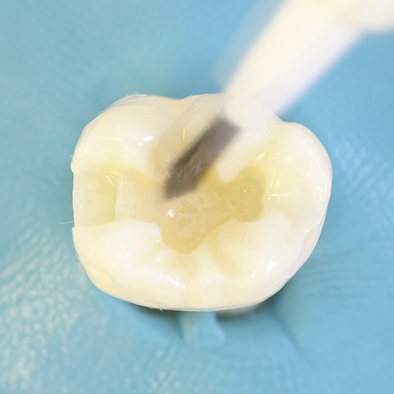
Step 3
The cavity is washed, dried and painted with a special adhesive
-
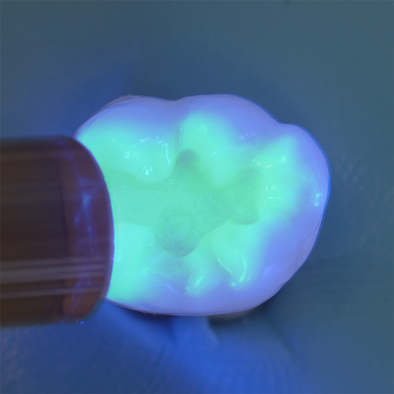
Step 4
The adhesive is light-set (cured)
-
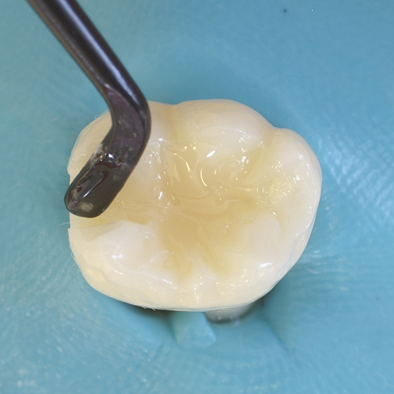
Step 5
The composite resin is built up in increments
-
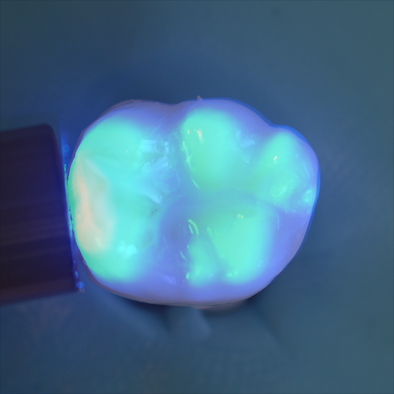
Step 6
The increments of composite resin are light-cured
-

Step 7
The finished restoration is polished
